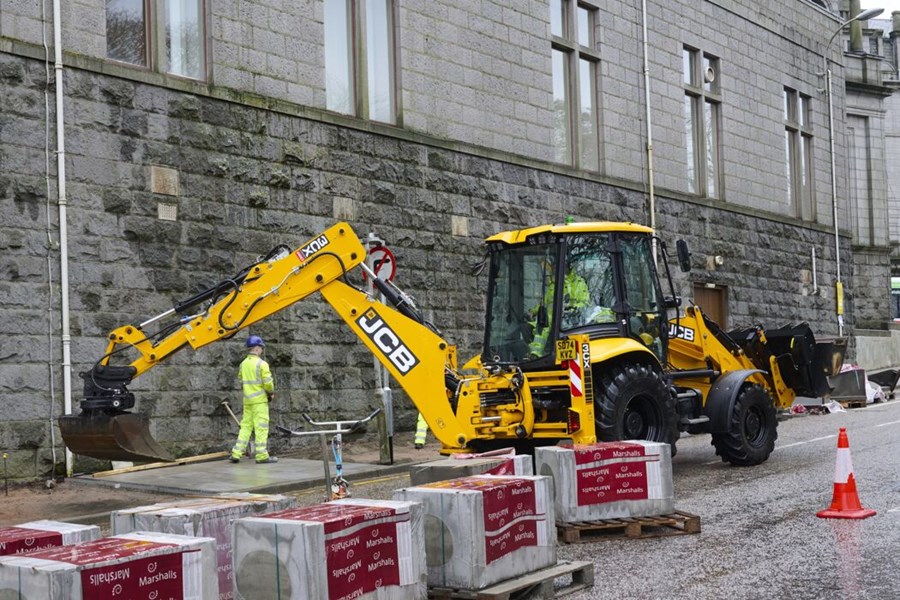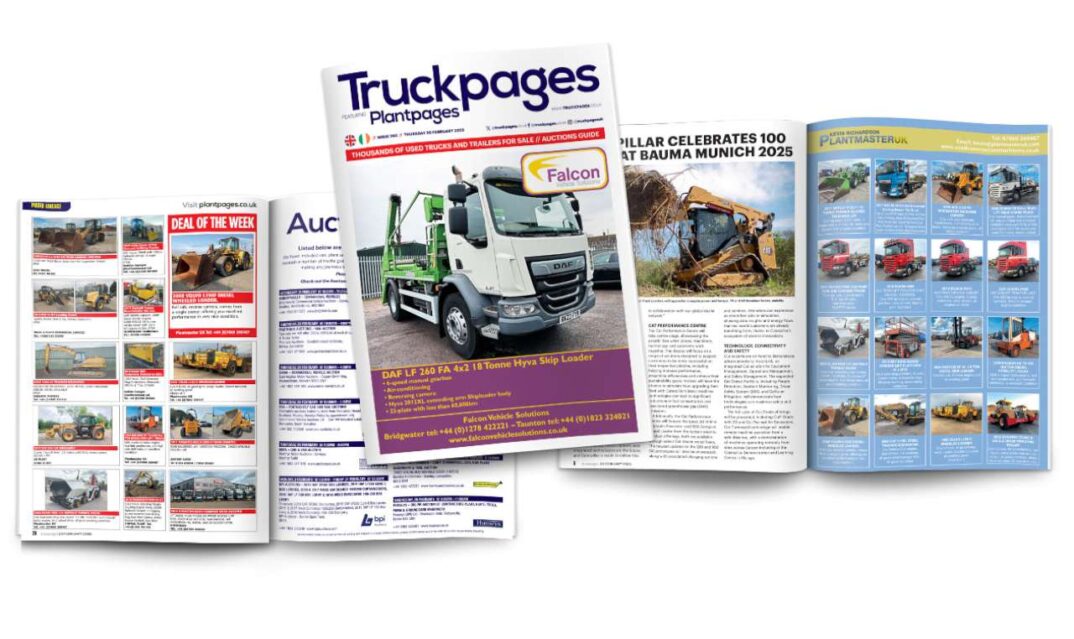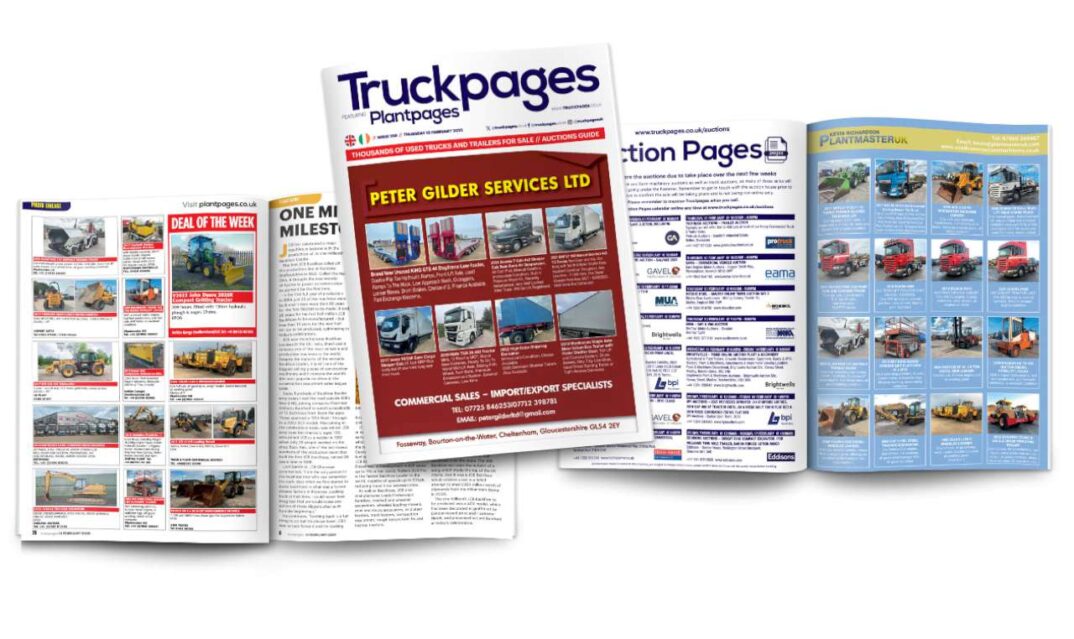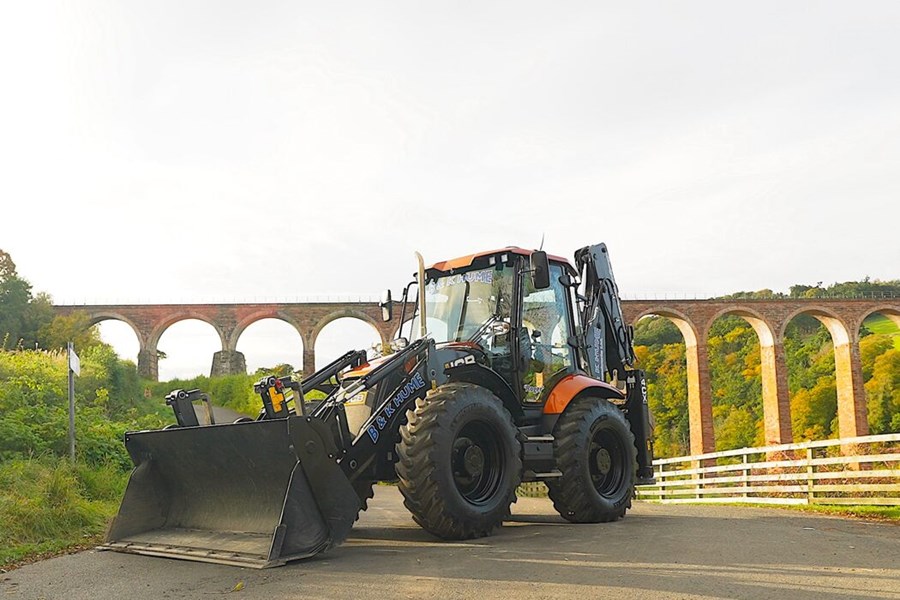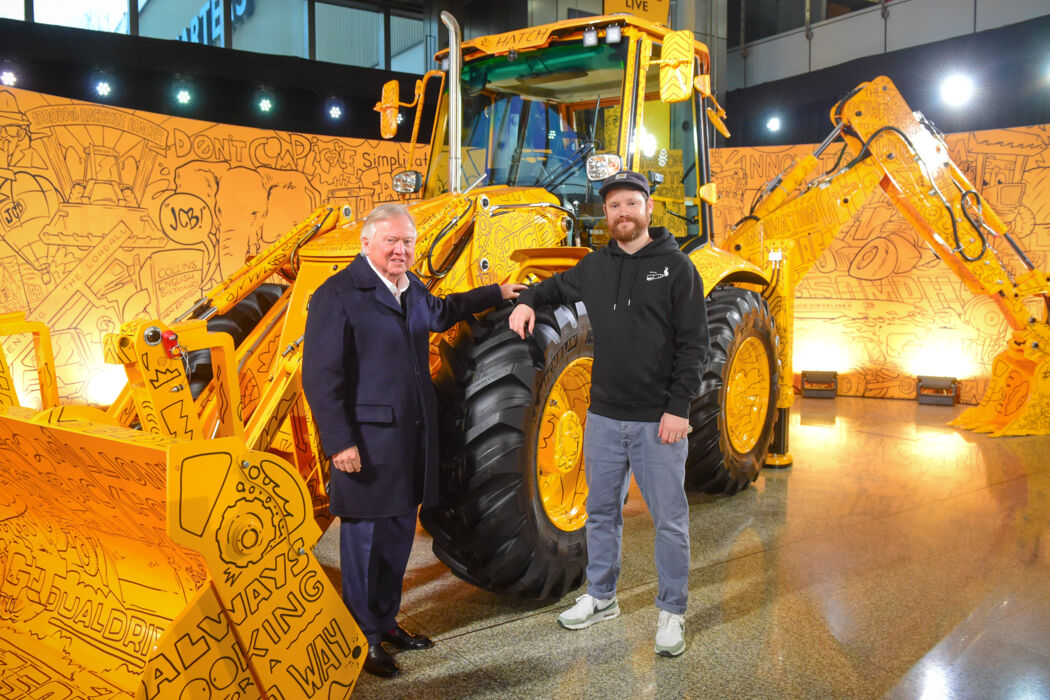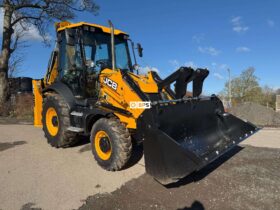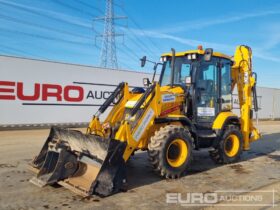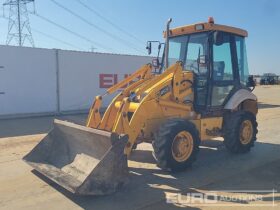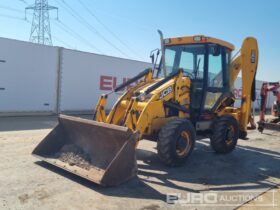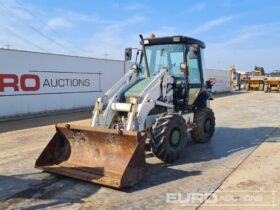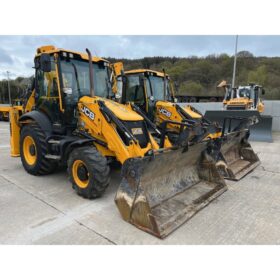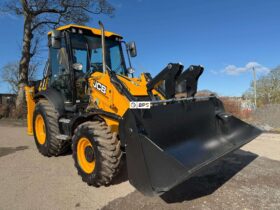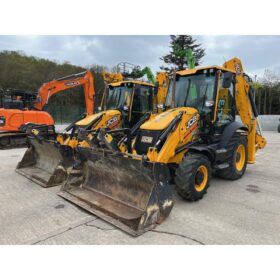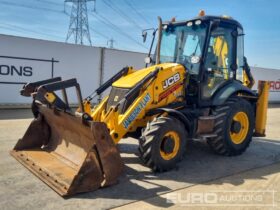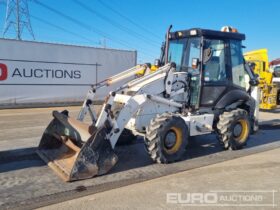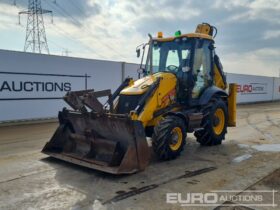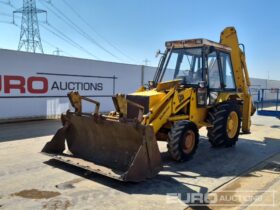JCB Backhoe Loaders for Sale (60)
JCB are the world’s largest manufacturer of backhoe loaders – many are made in the UK, but the company also has a huge backhoe loader factory in India. Inventors of the backhoe loader in the 1950’s, JCB have remained the number one choice for site operators in the UK even though they have started to call them ‘Excavator Loaders’. The popular 3CX backhoe has been in production for more than 40 years and is still going strong today. Read more about the history and current model lineup below.
More JCB Backhoe Loaders Info
Brief History of the JCB Backhoe Loader
The Early Models
The JCB 3 went into production in 1961, followed by the JCB 3C in 1963 and the JCB 3CII in 1967 – a model which stood the test of time, staying in production for the next 13 years.
The First Generation 3CX 1980-1991
To the uninitiated, the original 3CX is not massively different to the most modern of today’s backhoe loaders from JCB. Soon after its launch, the Sitemaster version was added to the 3CX range. This had a multi-function jaw bucket.
Early engines were courtesy of Leyland, but these were replaced by the Perkins 4236. By 1985 the cab had received a facelift and three years later in 1988 the motor was again changed – this time from the Perkins 4236 to the 1000 series.
In 1990, the smaller 2CX joins the line-up, with equal sized wheels and four-wheel steering.
Second Generation JCB Backhoe Loaders 1991-1997
The relaunch of the 3CX Backhoe loader range saw a revised ‘black’ cab and a reworked chassis. It was at this point that the 4CX was first launched with an all-wheel drive and all-wheel steer system.
Buyers could also opt for the more powerful ‘Contractor’ version of the 3CX at that time.
1993 saw the launch of the 3CX Super with wheels of equal size. In this period the 4CX outsold the 3CX.
Third Generation JCB Backhoes 1997-2002
Fewer changes for this version – there was a facelift and some new hydraulics and interior cab levers. 1999 saw the Perkins 1000 series increase in displacement to 4.2 litres.
Fourth Generation 2002-2010
A lot more glass in the new cab and changes to the transmission with a digital display introduced in 2009. The most significant change was the change in engine in 2004 to meet the tier 2 emission standards. The Perkins name stayed, but the 1100 series was introduced at 4.4 litres.
This engine was short-lived, as JCB had been beavering away on their own engine and launched the 444 engine in 2005 with upgrades in 2008 to meet the tier 3 standards.
Fifth Generation 2010-2020
2010 saw the ECO backhoe loader launched with JCB’s Ecomax engines. in 2014 JCB launched the 5CX with a larger bucket and extended dig depth. Sharing the driveline with the 4CX, 5CX’s equal sized wheels mean top ground clearance.
2020 – Stage V Launch 55kW 3CX ECO
Read more below about the most recent lineup…
Current Model Lineup
1CX Backhoe Loader
The 1CX resembles closely a skid steer loader with a rear backhoe – because that’s just what it is. It is, in addition, a ‘proper’ JCB with swivel seat for the driver to operate the loader or backhoe end. The 2021 mode has a operating weight of 3254kgs and is driven by a 50hp diesel. The maximum loader shovel capacity is 0.8m3
The 1CX is also available as a tracked version the 1CXT. All the specifications remain the same, with the exception of the increased operating weight to 4 tonnes.
JCB 3CX Stage V
Launched between September 2020 and March 2021, at stage V the 3CX range became available as an Eco, Plus or PRO version.
All dimensions are the same across the three backhoes – the differences are mainly in the driveline.
The ECO comes with JCB’s 3-litre, 55kw engine, whilst the 3CX Plus or 3CX Pro comes with the 4.8 litre 81kW engine.
The choice of transmissions across the range is similar, with the 6-speed Autoshift available to replace the Powershift transmissions on the PRO versions.
Operating weights are 8,320 for the ECO and 8,600 for the PLUS and the PRO and all models are two wheel steer.
As far as digging dynamics are concerned, all models have the same capabilities, unless the 3CX Eco is specified with the standard dipper, as opposed to the extradig which is standard across the other two models.
For specialist roadworks operations, JCB have launched the 3CX Pothole Master. This comes with a choice of the two higher output engine version of 91 or 109HP. Instead of the standard backhoe, the rear attachment uses a patch planer (400mm) with a sweeping collector at the front.
JCB 4CX
Originally launched in 1991, the 4CX is a similar machine to the 3CX with the main difference being the use of four wheel steering.
Originally with the Perkins 1000 range of engines, 2008 saw the 4CX fitted with JCB’s own 444 engine.
The most recent stage V models come in ‘PLUS’ and ‘PRO’ versions (no ECO for the 4CX).
JCB 5CX
Launched in 2014, the larger 5CX, which also has a successful Wastemaster version, Is very similar to the 4CX with the exception of the size of the bucket and the extended dig depth to 6.51 metres.
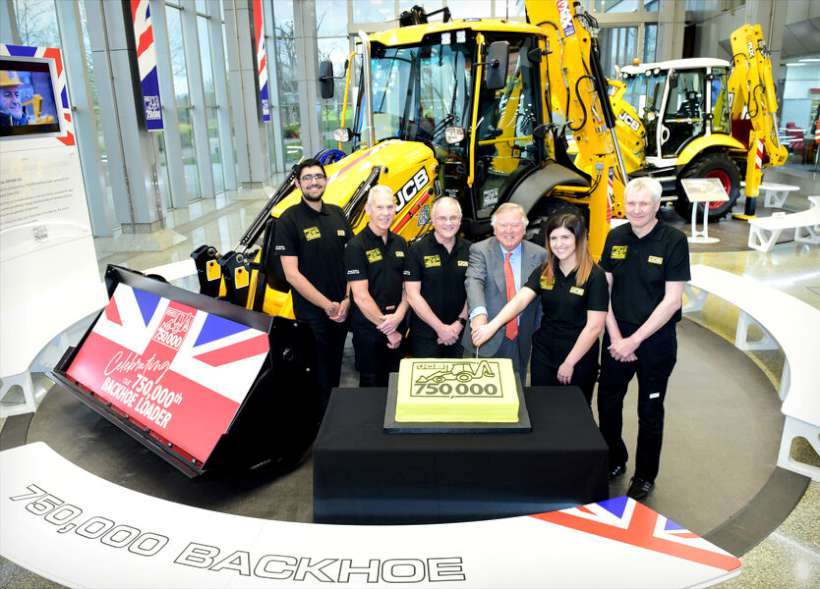
Latest JCB Backhoe Loaders News
NEW DUALDRIVE JCB BACKHOE LOADER INCREASES PRODUCTIVITY BY 30%
One of the first new JCB 3CX Pro DualDrive backhoe loaders in Scotland is delivering time savings of up to 30 per cent for a road surfacing specialist. Purchased by Aberdeen-based L B McRonald, the new 3CX Pro model is used for pavement and road surfacing projects along with tarring, kerbing and concrete work. Supplied...
Truck & Plant Pages Issue 260 is out now
Any waste operators involved in skip loader work should take a look at the late, low mileage, 18 tonne 2023 DAF LF advertised for sale by South West-based Falcon Vehicle Solutions. With just 60,000 kilometres on the clock, it would be a perfect addition to any fleet. Check out the news on pages 6 and...
Truck & Plant Pages Issue 259 is out now
Perfect for transporting your heavy machinery – Peter Gilder’s brand new King GTS low loader trailers featured on this week’s front cover. Take the opportunity to pair it with the truck that every driver has dreamt of piloting – a bullnose Scania T Series. These much sought after trucks would be perfect for the job...
First New DualDrive JCB 4CX
A civil engineering and groundworks contractor has bought one of the first JCB DualDrive backhoe loaders in Scotland. Purchased by Greenlaw-based B&K Hume Groundworks from dealer Scot JCB, the brand new 4CX Pro DualDrive machine has been bedecked in unique pearlescent orange paintwork designed to catch the sunlight. DualDrive feature allows the operator to drive...
ONE MILLION JCB BACKHOE MILESTONE CELEBRATED
JCB has celebrated a major machine milestone with the production of its one millionth Backhoe Loader. The first JCB Backhoe rolled off the production line in Rocester, Staffordshire in 1953. Called the Mark One, it brought the new wonder of hydraulic power to construction equipment for the first time. In the first full year of...

